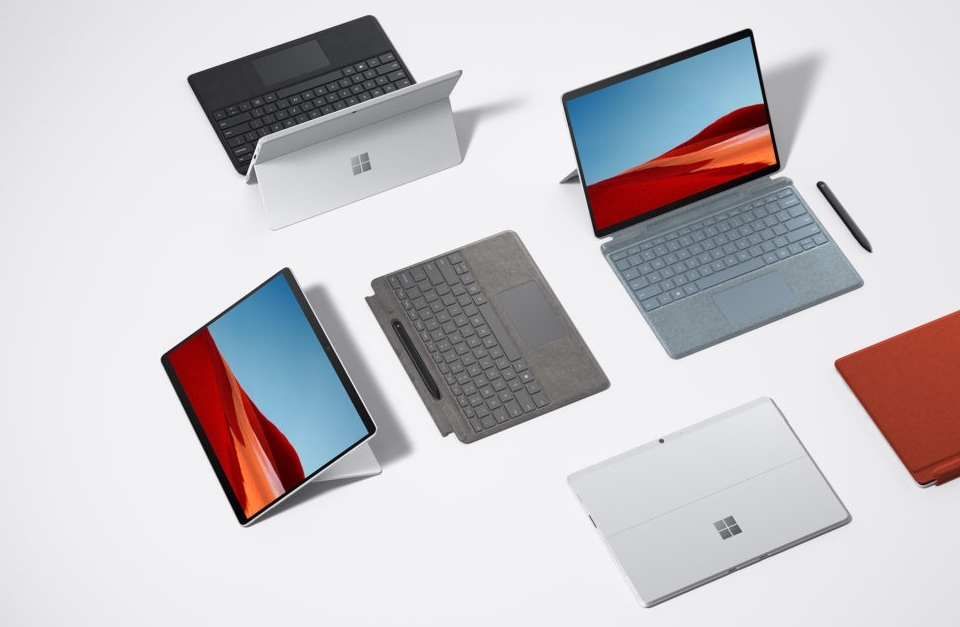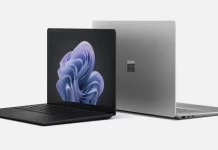Earlier this year, Apple announced that the company will be launching its ARM-based Apple Silicon. Recently, with the launch of new Apple M1-chipset powered Mac devices, the company officially started the transition process from Intel to Apple Silicon.
Now, as per the report from Bloomberg News, Microsoft is also following the lead of Apple and is reportedly working on its own ARM-based chipset. The company is developing the new chip with Windows 10 support and is mainly for the data centers but is also expected to power Surface devices.

The Redmond-based tech giant is currently using Intel-based processors for the majority of its Azure cloud services. Also, the company’s Surface devices lineup is powered by Intel processors. But now, it seems that Microsoft is ready to move on.
The company recently worked with AMD and Qualcomm for designing custom chips for the Surface Laptop 3 and Surface Pro X, underlining the fact that Intel could get replaced soon. But similar to the process of Apple, it is likely to happen in a phased manner.
Microsoft is reportedly working on offering devices with ARM-based chipset for quite some time now and is also improving its support for Windows 10 operating system. However, unlike Apple, the company has a much wider footprint of technology.
EDITOR’S PICK: Chinese chipset maker SMIC says ban by the U.S. will affect advanced chip development
Its product is used by different manufacturers and is powered by different chipsets. Thus, whatever Microsoft creates need to have wider compatibility and be universal. It will be interesting to see the development in this area.
Apart from Apple and Microsoft, Amazon also possesses a threat to Intel as well as AMD. The eCommerce giant, which is also the leading cloud infrastructure provider with AWS, has its own ARM-based Graviton2 processors.
Although the new chipsets based on ARM architecture offer better performance, longer battery life, and are cheaper, they still have a smaller market share and the majority of the market is dominated by Intel and AMD.
UP NEXT: Upcoming OPPO Reno5 Pro+ confirmed to feature Sony IMX766 50MP camera







